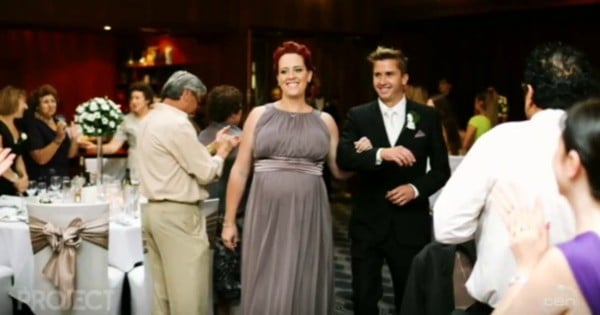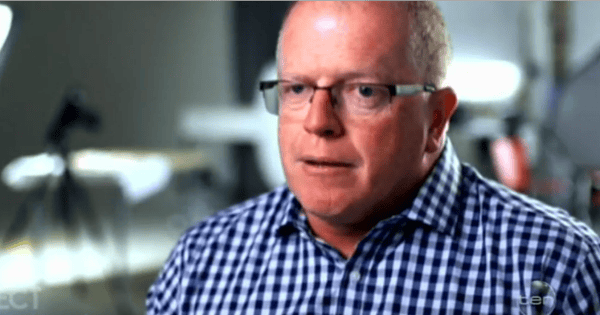After multiple rounds of IFV, Brad and Claire Foord were thrilled when they found out they were expecting. Alfie was to be their miracle baby.
“We were over the moon,” Brad told The Project last night. Claire said they “honestly thought that was the hard part over, and that only the best was to come.”
But at 40 weeks pregnant, Claire noticed something wasn’t right.

Alfie had not been moving as much as she should. Then Claire began having contractions.





























































































